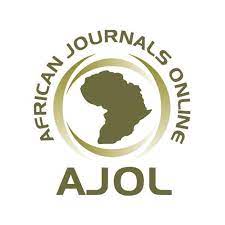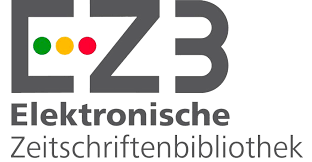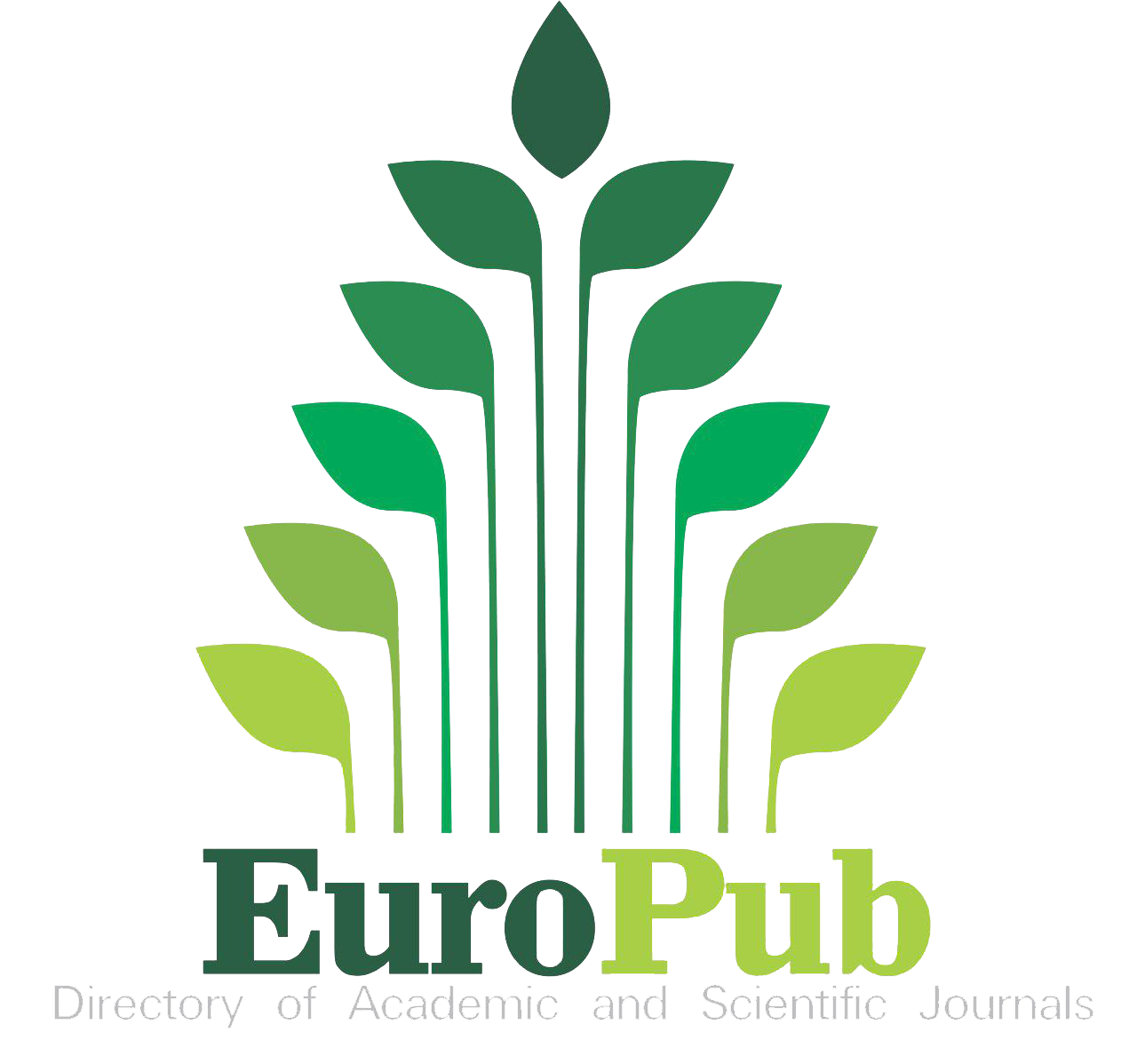Characterization of the stock of imbondeiro (Adansonia digitata), in the commune of catengue, municipality of Caimbambo, province of Benguela
DOI:
https://doi.org/10.54580/R0702.03Keywords:
Baobab, characterization, vulnerability, sustanaible management, catengueAbstract
The general objective of this work was to characterize the population of the baobab tree in the commune of Catengue, municipality of Caimbambo, province of Benguela. comprised the descriptive method, based on the description of the population's behavior in relation to the treatment of the baobab population, and the quantitative method based on the sampling technique in plots made based on a sample area of 30 km2, representing 33.3% of the total area studied, which corresponds to approximately 90 km2. 10 random sampling plots and 20 systematic sampling plots were installed, totaling 30 1ha plots. The interview with the Communal Administrator of Catengue, with the Head of the Agrarian Development Stations, with the leader of the traditional authorities (governor) and the bibliographical review, served to achieve the objectives. The data were statistically treated with the help of the Excell software from the Microsoft Office student 2013 package, which was used to construct bar and scatter graphs, calculate the similarity index and phytosociological parameters. The results indicate a population of 226 adult plants and 12 young plants in the systematic plot “I”, 205 adult plants and 145 young plants in the systematic plot “II” and 61 adult plants and 313 young plants in the random plot, mirroring the decrease in baobab plants as the altitude increases, the number of adult plants decreases from East to West, increasing the number of young plants in this direction. The increase in the local population, the extension of urban areas, cultivated areas and uncontrolled logging contribute to the destruction of the baobab habitat.
Downloads
References
Anabela A. & Carla N. (2019). Probabilidade Estatística- Aplicações e Soluções em SPSS. Lisboa: Editora: Universidade de Évora.
Amin H. M. (1990). Trees and Shrubs of the Sudan. Ithaca Press, UK.
Birhane E., Asgedom K. T., Tadesse T., Hishe H., Abrha H, Noulekoun F. (2020) Vulnerability of baobab (Adansonia digitata L.) to human disturbances and climate change in western Tigray, Ethiopia: Conservation concerns and priorities. Global Ecology and conservation, 22, 200943, 11-12. https://doi.org/10.1016/j.gecco.2020.e00943
Bosso, D. (2021). Design semi-artesanal: inspiração em artesãos angolanos para o desenvolvimento de mobiliário (Doctoral dissertation). Matosinhos: Escola Superior de Artes e Design- ESAD.
Bosch CH, Sié K, Asafa B. A. (2004). Adansonia digitata L. From: Grubben GJH and OA Denton (Editors). Netherlands. PROTA. http://database.prota.org/sea rch.htm.
Bonifácio J. C. & Henkes A. J. (2012). Redução da Remanescente de Adansónia digitata (imbondeeiro, Embondeiro ou Baobá). No perímetro de Luanda. Unisul, Brasil. Revista Gestão & Sustentabilidade Ambiental, 1 (1), 156-182. https://doi.org/10.19177/rgsa.v1e12012156-182
Costa E., Adão T, Pedro M., Catarina S. & Romeiras M. M. (2009). Plantas ameaçadas de Angola. Angola- Luanda: Centro de Botânica da Faculdade de Ciências, Universidade Agostinho Neto. https//doi.org/10.31492/2184-2043.RIP2018.35/pp.31-43.
Decreto-Executivo nº 252/18 do Ministério do Ambiente. (2018). Diário da República: I SÉRIE -Nº-101-de 13 de Julho de 2018. https://fa olex. fao. org/docs/pdf/ang178415.pdf.
Diniz, A.C. (1998). Angola o Meio Físico e as Potencialidades Agrárias. Lisboa: Instituto de Cooperação Portuguesa (ICP).
Duringan, G. (2003). Métodos para análise de vegetação arbórea. In: Cullen Junior L, Rudran R, Valladares-Pádua C, organizadores. Métodos de Estudos em Biologia da Conservação e Manejo da Vida Silvestre. Curitiba: UFPR; Fundação Boticário de Protecção à Natureza.
Felfili, J. M., Rezende, A. V., Júnior, M. C. D. S. (2000). Changes in the floristic composition of cerrado sensu stricto in Brazil over a nine-year period. Journal of Tropical Ecology, 16(4), 579-590. https://www.jstor.org/stable/3068694
Freitas, W. K., & Magalhães, L. M. S. (2012). Métodos e parâmetros para estudo da vegetação e com ênfase no estrato arbóreo. Foresta Ambiente. 19 (4), 520-539. https://doi.org/10.4322/floram.2012.054.
IUCN (2002). IUCN Red List Categories: version 3.1. Prepared by the IUCN Species Survival Commission. IUCN, Gland, Swuitzerland and Cambridge, UK.
Joaquim P. Chi. (2018). Exploração de Colophospermum Mopane (Mutiaty) e o Paradígma de Conservação da Província do Namibe-Angola. [Dissertação de Mestrado, Universidade de Lisboa. Instituto Superior de Agronomia] Évora-Portugal.
Ministério do Ambiente, (2018). Lista vermelha das espécies de Angola. Angola-Luanda: Direcção Nacional da Biodiversidade.
Niza C. & Ana B., (2019). Nas Raízes do Imbondeiro. UA Editora. Fundação para Ciência e Tecnologia, I.P. UID/CED/00194/2019.
Prodonov, C. C. & De Freitas, E. C. (2013). Metodologia do trabalho científico: métodos e técnicas da pesquisa e do trabalho acadêmico. Editora Feevale.
Rovadosky, D. N. (2018). Uma abordagem para identificar a similaridade entre perfis de pesquisadores com vistas a recomendação. Brasil. Universidade Federl de Passo Fundo- UPF.
Sacande M. Ronne C, Sanon M. & Joker D. (2006) Adansonia digitata L. Seed leaflet No. 109. Millennium Seed Bank Project UK and Forest & Landscape Denmark.
Sidibé M. & Williams JT (2002) Baobab. Adansonia digitata. International Centre for Underutilised Crops, Southampton. https://books.google.com/books/about/Baobab_Adansonia_Digitata_L.html?id=zskefIIlc1IC
Silva, A. J. H. D. (2014). Metodologia de pesquisa: conceitos gerais. Brasil. Editora UNICENTRO.
Downloads
Published
Issue
Section
License
Copyright (c) 2025 Euclides Samuel Geraldo Quessongo, Adalberto António Sukumula Chiquete, Paulo Prisco Kulivela (Autor/in)

This work is licensed under a Creative Commons Attribution-NonCommercial-ShareAlike 4.0 International License.



























